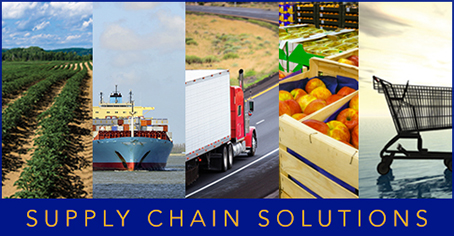The produce company must then look inward: Are the distribution and transportation teams easy to work with? If not, then it’s at risk—as carriers are being more selective, avoiding customers that disrespect drivers, fail to quickly load/unload equipment, or have overly complex requirements.
Finally, it’s necessary to analyze a key financial question: Is transportation spending effectively leveraged? Using too many carriers, relying too heavily on brokered loads, or failing to use contracts will create spending inefficiencies.
These issues can be addressed through an initiative to become a shipper of choice. A consultant can help identify top performing carriers, consolidate volume with select service providers via contracts, and take steps to create a driver-friendly environment. Adopting this partner-based approach will foster carrier loyalty, ensure capacity, and drive higher quality at freight rates fair to both parties.
Technology – Providing Rapid Visibility
The produce industry faces a host of compliance challenges and higher expectations: regulators are pushing for food safety and whole chain traceability; retailers want accurate advanced shipping notifications; and end consumers want fresh product with a longer shelf life. Failure to respond will cede market share to competitors.
Manual, paper-based processes or disconnected systems will not provide the information access needed to support these fundamental requirements. Produce companies must look for opportunities to embed technology into current processes. A systems upgrade, supported by a consultant who assists with software selection and implementation, may be needed.
Of course, an assessment of current information systems is needed before any technology investments are made, with the company asking: How well do current systems support the need for timely and complete visibility of the supply chain? Blind spots and information delays create compliance and service risks.
Another aspect of a technology assessment focuses on integration, raising a key question: Does the system share both internal and external information seamlessly? Poor integration leads to autonomous actions; there should be only one version of the truth that drives cross-chain decisions.
Another consideration is this: How is supply chain performance analyzed against external commitments and internal goals? If the answer is Excel spreadsheets, then the company risks using outdated information, failing to share results, and creating disconnected islands of insight.
A supply chain systems upgrade will pay multiple dividends. When properly implemented, this type of software project will improve connectivity and boost the cross-chain visibility needed for traceability. Stronger operational tools will help optimize procurement, distribution, and transportation processes. And, a more robust set of analytic capabilities will help with understanding changing demand patterns and how to respond accordingly.



